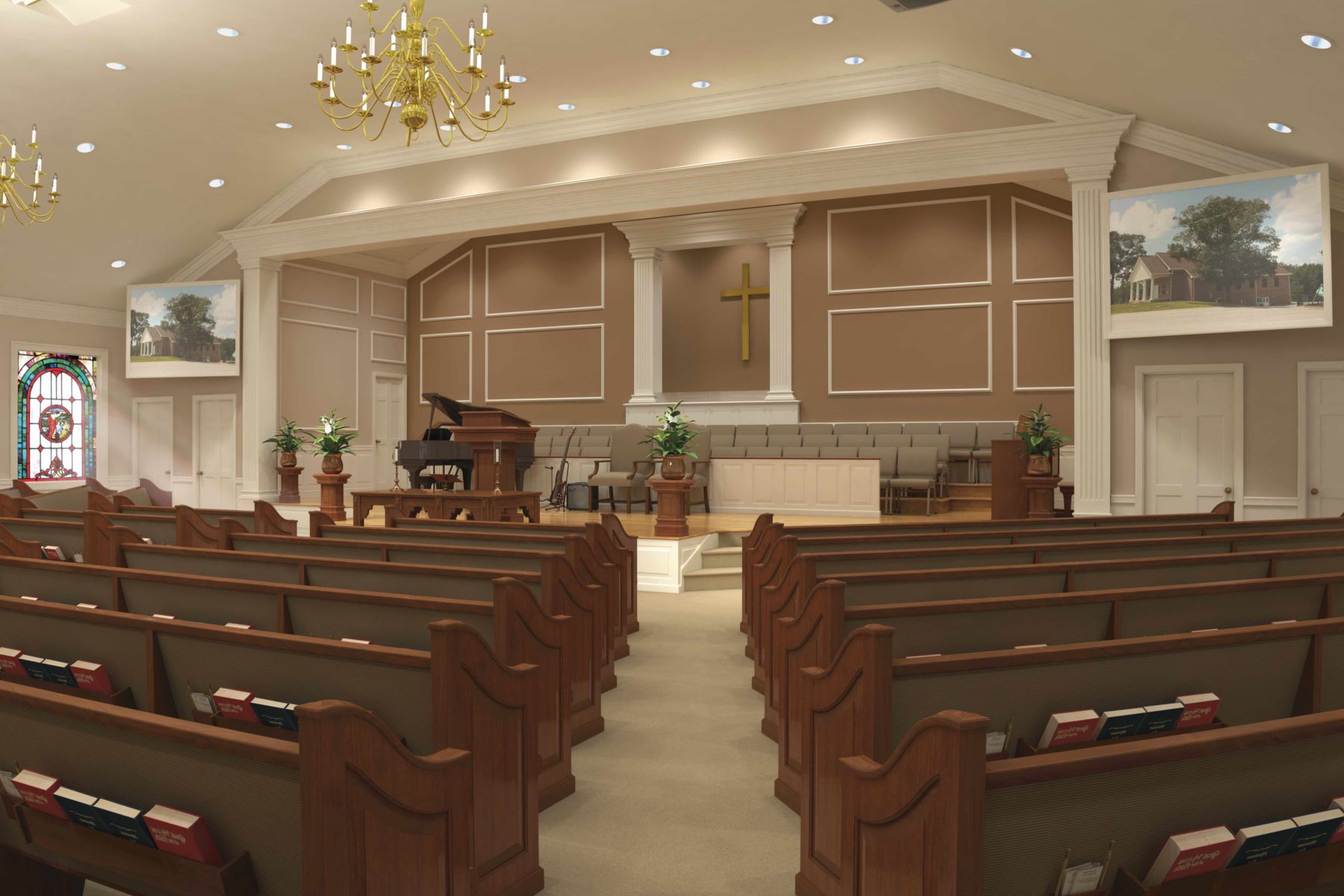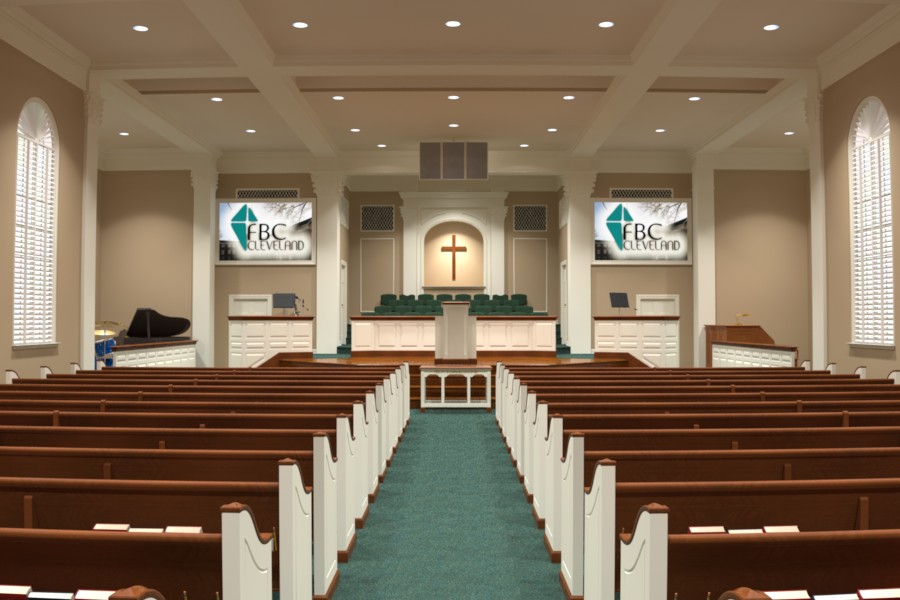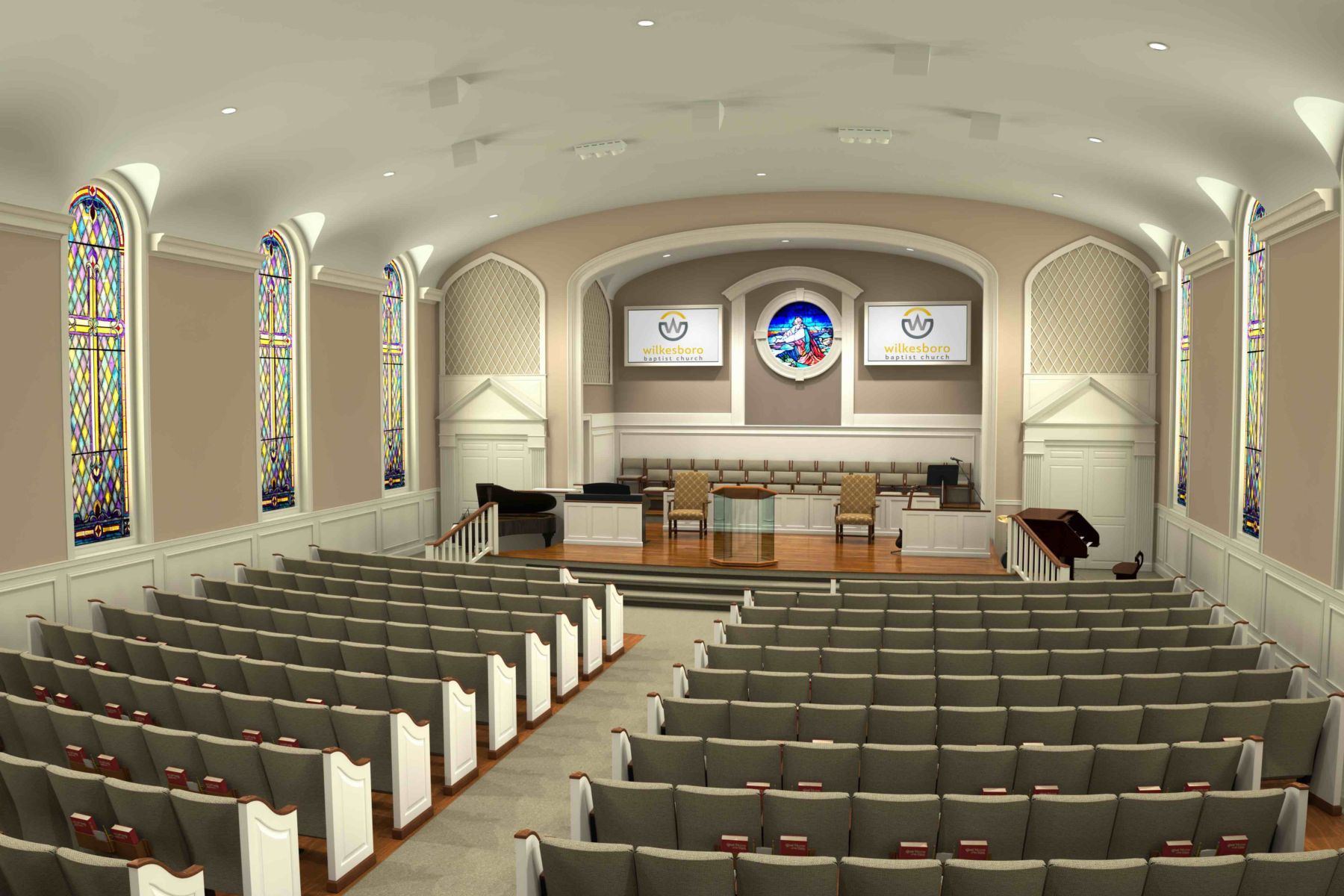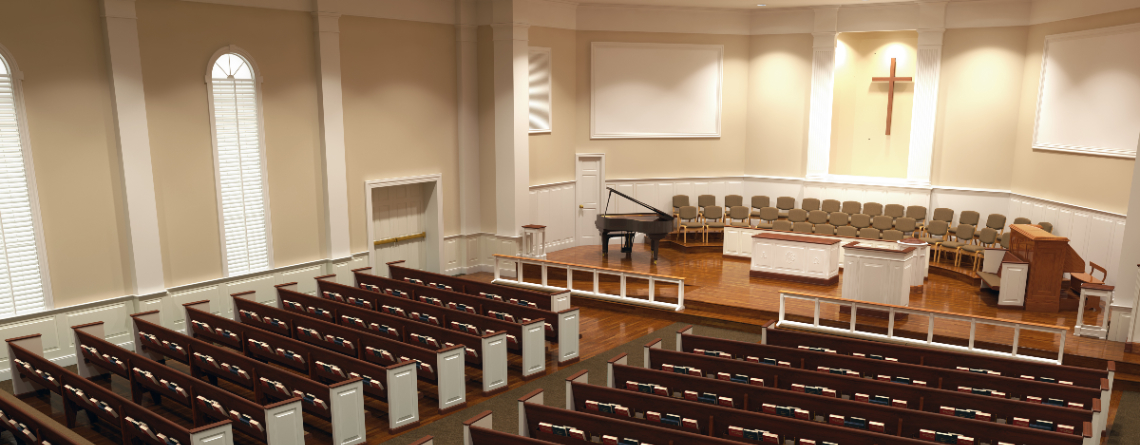As a lover of interior design and a devoted member of my community, I’ve had the unique opportunity to participate in various church decorating projects. From cozy fellowship halls to majestic sanctuaries, church interiors serve as the heart of community life and worship. In this extensive guide, I’ll share my personal experiences and insights, along with practical tips for church interior decorating that reflects your congregation’s values and creates a welcoming atmosphere for everyone.
Understanding the Importance of Church Interior Decorating
The interior of a church is more than just a backdrop; it is a reflection of the congregation’s identity and a space for spiritual growth. Thoughtful decorating can enhance worship experiences and foster a sense of community.
The Role of Aesthetics in Worship
Beautiful interiors can inspire reverence and contemplation. From the choice of colors to the arrangement of furnishings, every detail can contribute to an atmosphere conducive to worship.
Creating a Welcoming Environment
Decorating with inclusivity and warmth will make visitors feel welcome. Consider elements that resonate with diverse congregational members, encouraging them to engage and participate.
Key Elements of Church Interior Design
When decorating a church, several key elements come into play. Let’s explore these aspects in detail.
Color Schemes
Choosing the right color palette is crucial. Colors can evoke emotions and set the tone for worship.
| Color | Meaning | Best Uses |
|---|---|---|
| Blue | Calmness, Peace | Sanctuaries, Prayer Rooms |
| Green | Growth, Renewal | Fellowship Halls, Children’s Areas |
| Gold | Richness, Divinity | Altar Areas, Decorative Elements |
| Earth Tones | Stability, Warmth | Community Spaces, Entryways |

Furniture and Layout
The arrangement of furniture can significantly impact a church’s functionality and aesthetics. Consider these points:
- Flexibility: Use movable furniture for adaptability during various events.
- Comfort: Invest in comfortable seating for long services.
- Accessibility: Ensure layout accommodates everyone, including those with disabilities.
Pros and Cons of Various Furniture Styles
| Style | Pros | Cons |
|---|---|---|
| Traditional Wooden Furniture | Timeless appeal, Durability | Can be heavy and expensive |
| Modern Minimalist | Clean lines, Easy to maintain | May feel cold or impersonal |
| Multi-purpose Furniture | Versatile, Space-saving | May lack aesthetic appeal |

Lighting Solutions
Lighting is another critical aspect of church interior decorating. It can highlight architectural features and create a desired mood. Here are some tips:
- Use natural light wherever possible.
- Consider adjustable lighting for different occasions.
- Incorporate decorative fixtures that enhance the aesthetic.
Incorporating Art and Decor
Artwork can convey messages of faith and inspiration. Here are some ways to effectively incorporate art into your church’s interior:

Murals and Frescoes
A full-wall mural can serve as a stunning focal point. Whether depicting biblical scenes or abstract designs, murals should align with the church’s mission.
Statues and Sculptures
Three-dimensional art pieces can add depth to your church’s decor. Choose sculptures that resonate with your congregation’s beliefs.

Seasonal Decor
Changing decor with the seasons, such as Advent or Easter displays, can keep the environment fresh and engaging for congregants.
Creating Functional Spaces
While aesthetics are essential, functionality should never be overlooked. Here are key spaces to consider in your church interior:

Worship Area
The worship space should accommodate varying worship styles from traditional to contemporary. Arrange seating that promotes community and participation.
Community Rooms
Fellowship halls must be versatile for gatherings, meetings, and events. Use dividers for flexible spaces and consider a warm, inviting decor.

Children’s Areas
Design spaces for children that are safe, engaging, and promote learning about faith. Include vibrant colors, interactive designs, and comfortable seating.
Personal Experience: A Case Study in Church Interior Decorating
Last year, I had the pleasure of helping my local church transform its fellowship hall. It was a rewarding experience that taught me about community involvement in the decorating process.
The Initial Vision
We started with brainstorming sessions involving congregants of all ages. Gathering diverse perspectives led to a richer design process.

Design Decisions
We chose warm earth tones and incorporated community artwork to encourage ownership among members. The feedback was overwhelmingly positive; people felt more connected to the space.
Implementation Challenges
Delays in receiving furniture tested our patience, but the community’s commitment to the project kept spirits high. We rallied together to complete the project on time, showcasing the power of collaboration.
Budgeting for Church Interior Decorating
Budgeting is vital when embarking on any decorating project. Here’s how to approach budgeting for church interior decorating:
Setting a Realistic Budget
Consider all aspects, including materials, labor, and unforeseen expenses. Engaging with the congregation can help raise funds through donations or events.
Cost-Effective Decorating Ideas
Not all decorations need to be expensive. Here are budget-friendly ideas:
- Repurpose existing furniture with a fresh coat of paint.
- Incorporate handmade crafts from congregants.
- Utilize digital media for displays and announcements.
FAQs About Church Interior Decorating
What are the best colors for a church interior?
Colors like blue, green, and earth tones are popular for their calming and inviting qualities. Ultimately, choose colors that resonate with your congregation’s mission.
How can I make a small church space feel larger?
Incorporate mirrors, choose light colors for walls, and select appropriately scaled furniture to create an illusion of more space.
What role does lighting play in church decor?
Lighting can transform a space, highlighting architectural features and creating different atmospheres for worship, events, or gatherings.
How often should churches update their decor?
While core elements can remain for years, consider refreshing decor every few years or with significant holidays to keep the space feeling vibrant and current.
Can I involve the congregation in decorating decisions?
Absolutely! Involving the congregation not only fosters community but also ensures the space reflects the collective identity of the church.
Conclusion
Church interior decorating is a beautiful journey that combines faith, community, and aesthetics. Whether you’re embarking on a small refresh or a complete redesign, the goal should always be to create a space where people feel at home in their faith. Remember that every choice, from color to furniture, contributes to the larger story of your church. By harnessing the creativity and passion of your congregation, you can create a space that truly reflects your mission and values.
So, gather your community, share ideas, and let’s make your church a place where hearts are uplifted and spirits are renewed!